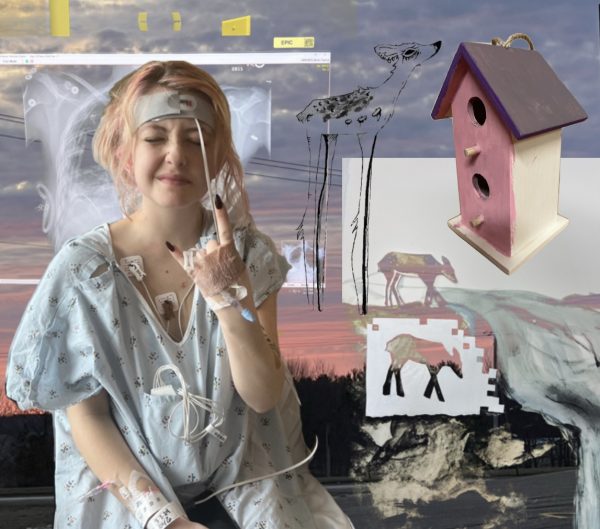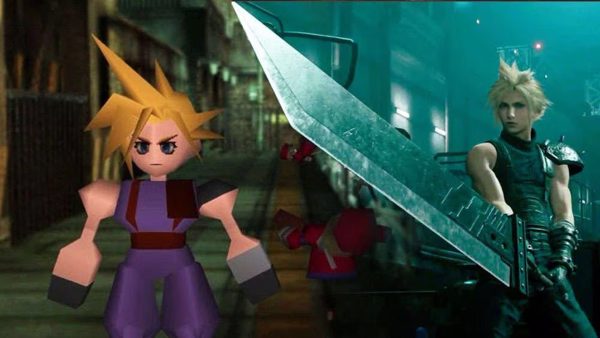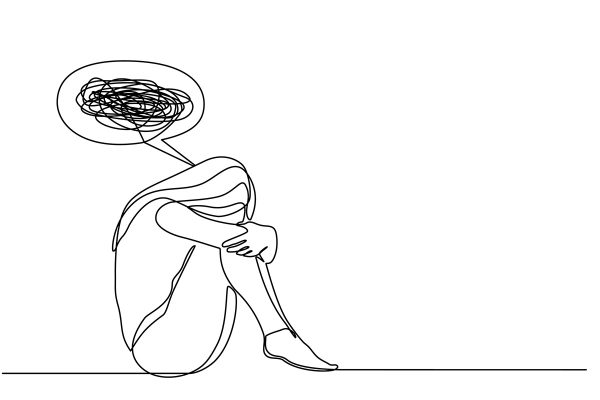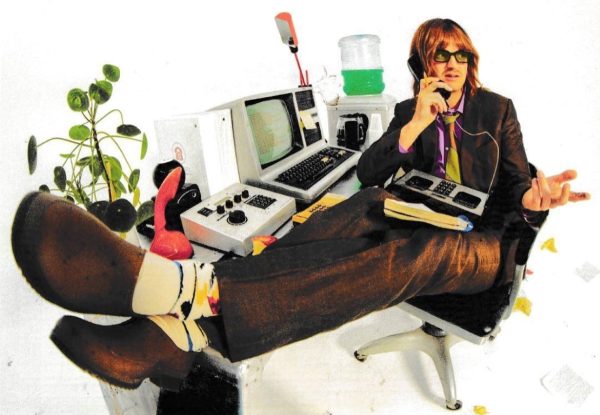The Momo Challenge
My two cents on the viral hoax creating a culture of fear
More stories from Ryan Huling

Photo by Savannah Jo Reeves
In the world we live in, kids are growing up surrounded by devices.
Kindergarteners are on a one-to-one plan with iPads in their schools and that’s a lot more freedom than I had when I was their age. While parents may be hesitant of their children having access to the internet, the devices allow less paper to be used in the classroom and increased learning for each student.
Recently, however, there has been a scare that has only created a culture of fear around the internet.
Recently, the “Momo Challenge” popped up almost overnight.
People claim the creepy face of Momo pops up in the middle of YouTube Kids videos or messages the user on WhatsApp and encourages kids to take the “Momo Challenge.” It’s been reported that Momo then tells the child to do dangerous things, sometimes even encouraging them to commit suicide.
Now, this is pretty heinous and disturbing. And I can see why parents would be hesitant to allow their child on the internet after hearing this. But I know that not everyone is hearing the whole story.
See, the Momo Challenge is an internet hoax; it never existed in the way news outlets were describing.
Throughout many articles that jumped on the topic, it was described that the Momo Challenge was linked to 130 Russian suicides, a number that was also linked with the Blue Whale Challenge that popularized in 2016.
Similar to Momo, the Blue Whale Challenge was supposedly a game that gave tasks to players, eventually leading to self-harm and suicide. The Blue Whale Challenge was also found to be a hoax, as no suicides could be linked to it.
The Momo Challenge is branded by this creepy face of a woman, one that would scare kids in an instant. I know it terrifies me. The sculpture was made in Japan by the Special Effects Company, Link Factory. It was made to look creepy and suddenly it’s been tied to this disturbing apparent suicide pact.
Parents and schools are jumping on this. It’s as if the world has been flipped upside down.
I can see why parents would be scared that something is threatening their child. But I also know they didn’t get the full story, which would have revealed that this isn’t a real thing happening. More than likely, a child is not going to come across Momo. Local schools from my home town posted warning images posted by National Online Safety, which was shared by many parents.
One parent replied to the post saying that “kids are scared at this point” and “iPads and cell phones for kids under 12 should all go down the toilet.”
This culture of fear around devices and the internet is scary in itself. We criticize fake news, but suddenly parents are using it to get rid of the devices their children are using to do school work or for entertainment.
What good is scaring your children away from technology when they are growing up in a world where it’s required?
Also, I don’t think people are thinking logically about how this Momo Challenge would work.
A key concept of this challenge is that Momo is contacting children and teens through WhatsApp. If so, how is Momo only getting the phone number of children and teens? Plus, the minimum age to use WhatsApp is 16 years old, which would mean Momo can tell which children are lying. I haven’t heard of any adult getting these Momo text messages.
The Momo doll is also real creepy looking.
I can’t imagine any 9-year-old would see it in a YouTube video and not turn off that video. It all seems very fishy to me. This challenge is modern bigfoot hunting. People take ideas and connect them when there isn’t a connection. When, in reality, the thing they’re looking for is not real.
But that’s just my two cents.
Huling can be reached at [email protected].









